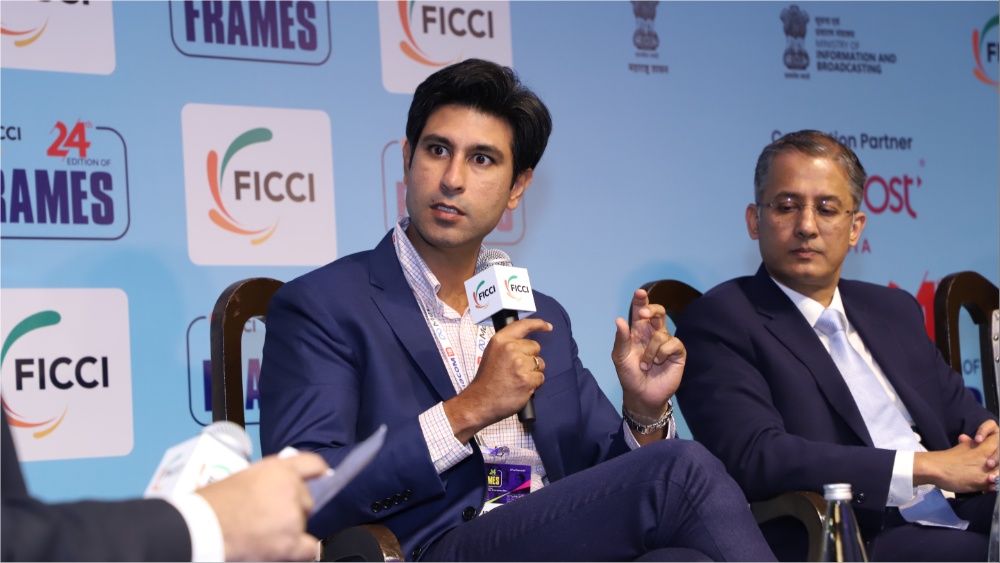Warner Bros. Discovery, Prime Video India Chiefs Talk Growth Plans
The India heads of some of the world’s top media groups outlined their growth plans for the market at the Mumbai’s FICCI Frames media conference.
The conference is organized by the Federation of Indian Chambers of Commerce and Industry (FICCI). Kevin Vaz, chair, FICCI media and entertainment committee and CEO, broadcast entertainment, Viacom18, stressed the importance of sports in the Indian market at a panel on navigating the future of the media and entertainment industry. Streamer JioCinema is a subsidiary of Viacom18. The company won the rights for the immensely popular Indian Premier League cricket tournament in 2022 and streamed it free on JioCinema in 2023, winning millions of eyeballs from then rival Disney+ Hotstar in the process.
“Cricket is one of the biggest reach drivers in this country. It’s the only piece of content that works across the length and breadth of this country, and advertisers value this because they can get instant reach, they can reach consumers in the north and the south with their message at the same time, and they are ready to pay the price for this kind of content,” Vaz said. “It makes sense to have sport in front of the paywall. When sports has such a reach, it’s not ideal for us to try and limit that reach when there are people willing to watch it.”
Sandhya Devanathan, co-chair FICCI media and entertainment committee, and VP and head, Meta India, outlined the three key priorities for the company – using AI to create better returns for advertisers and also for users to have more engaging experiences; enhance Reels, the popular short form video format, which is a big growth driver on the platform, both in terms of user engagement and how businesses are using it; and also business messaging, with 60% of Indians using WhatsApp.
Arjun Nohwar, co-chair FICCI media and entertainment committee and senior VP and general manager – India and South Asia, Warner Bros. Discovery, said, “Success is going to be predicated on having a deep understanding of changing consumer preferences, identifying who the customer is, and then being able to tailor-make a piece of content or story arcs that are relevant to them, that delight and inspire them, and they find endearing.”
Addressing the fact that most Indians now watch content on their phones, Nohwar added: “The new dynamic that is emerging is for us to focus on ‘when’ and traditionally linear network television did not focus on that. By ‘when’ I mean, there are consumption moments that are happening while you’re waiting for your flight to board, while you’re in an elevator going up 30 stories while you’re waiting to pick up your child from school. And in those moments from 30 seconds to probably five or six minutes, do you have a form factor that is engaging that’s not just user generated? So, it’s going to be important for networks to think of making derivatives out of their traditional content. And figuring out how do you create moments of truth with consumers that are increasingly used now to watching content on different platforms and television and make content that’s relevant to them in those bite-sized, snackable moments. Maybe that also needs a crumb trail back to them, for them to come back onto linear television, to watch 24-minute, 50-minute episodic shows.”
Sushant Sreeram, country head, Amazon Prime Video said that the service offers SVOD, TVOD and via the Channels option, a range of some 20 other content options from across India and the world. “When we think about how to serve India, the underpinning that we go back to is customers will always value great value, great selection and convenience,” Sreeram said.

